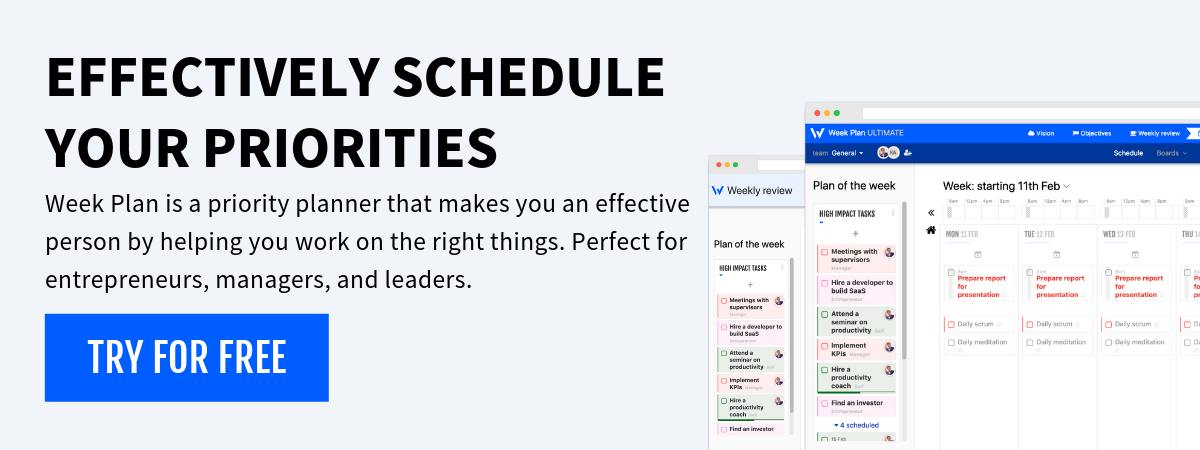Effective planning is a cornerstone of successful project management, personal productivity, and organizational efficiency. Among the myriad strategies employed to achieve such success, top-down planning stands out for its structured and goal-oriented approach. This method starts with the highest level of objectives and systematically breaks them down into smaller, more manageable tasks, ensuring alignment with the overarching goals at every step.
The Essence of Top-Down Planning
Defining the Approach
Top-down planning is a strategic framework that begins at the highest level of decision-making, setting broad objectives and goals before delineating the specific tasks and activities required to achieve them. This hierarchical approach ensures that every task is directly tied to a larger goal, fostering coherence and focus across all levels of planning.
Key Components
- Goal Setting: Establishing clear, overarching objectives that guide the entire planning process.
- Decomposition: Breaking down these broad goals into smaller, specific tasks and milestones.
- Allocation: Distributing resources and assigning responsibilities for each task based on the larger objectives.
Significance in Time Management
1- Ensuring Alignment with Goals
Top-down planning ensures that all activities are aligned with the main objectives, preventing drift and keeping teams focused on what truly matters.
2- Enhancing Efficiency
By clarifying the end goals from the outset, this approach allows for more efficient resource allocation and time management, as each task is clearly connected to the achievement of these goals.
Implementing Top-Down Planning
1- Establishing Vision and Objectives
Begin by clearly defining the project’s vision and overarching objectives. This could range from launching a new product to improving personal productivity.
2- Developing Strategies
Outline the strategies that will be used to achieve these goals. This involves determining the broad approaches that will guide the planning of tasks and allocation of resources.
3- Breaking Down into Actionable Tasks
Decompose strategies into actionable tasks and milestones, ensuring each is measurable and directly contributes to the higher-level goals.
4- Allocating Resources and Setting Timelines
Assign resources, including time, budget, and personnel, to each task based on its priority and role in achieving the overall objectives.
Maximizing the Benefits of Top-Down Planning
1- Regular Review and Adaptation
Continuously review the plan against actual progress, allowing for adjustments to strategies and tasks to better align with objectives.
2- Balancing Flexibility with Structure
While top-down planning provides a structured approach, remaining flexible to changes and adapting plans as needed is crucial for success.
Practical Examples
In Organizational Settings
A corporation may use top-down planning to set annual revenue targets (goal), develop new product lines (strategy), and execute marketing campaigns (tasks).
In Personal Productivity
An individual might apply top-down planning to achieve personal goals, such as fitness or learning a new skill, by setting clear objectives, planning workout routines or study sessions, and then executing them accordingly.
Conclusion
Top-down planning offers a strategic and structured approach to achieving goals, whether they are related to project management, organizational efficiency, or personal productivity. By starting with the end in mind and systematically breaking down goals into actionable tasks, this method ensures that every effort is aligned with the overarching objectives, enhancing efficiency and effectiveness. Understanding and implementing top-down planning can be a powerful tool for anyone looking to optimize their approach to planning and achieving success.

More Posts
11 Benefits of Stopping Procrastinating in Your Daily Life
Feeling stuck or under pressure to do more can push you to beat procrastination. For eight years, I’ve worked hard to beat it. I’ve written over 500 blog posts, seven books, and made...
7 Tips to Overcome Cleaning Procrastination
Cleaning procrastination is a big problem for many. It leads to stress and a dirty home. Having a routine for cleaning can help. It makes your home cleaner and keeps you motivated. First,...
11 Ways Mindfulness Can Reduce Procrastination
Procrastination is a big problem that can slow us down. But, mindfulness can help beat it. Famous people like Tim Ferriss, Dan Ariely, and Rick Rubin have shared tips to fight procrastination. Tim...
9 Tips to Improve Decision-Making Skills
Psychology Today shares that the average adult makes 35,000 decisions daily, almost feeling like countless decisions. Some are simple, like what to wear—an almost easy decision. Others are key, affecting our lives. Good...